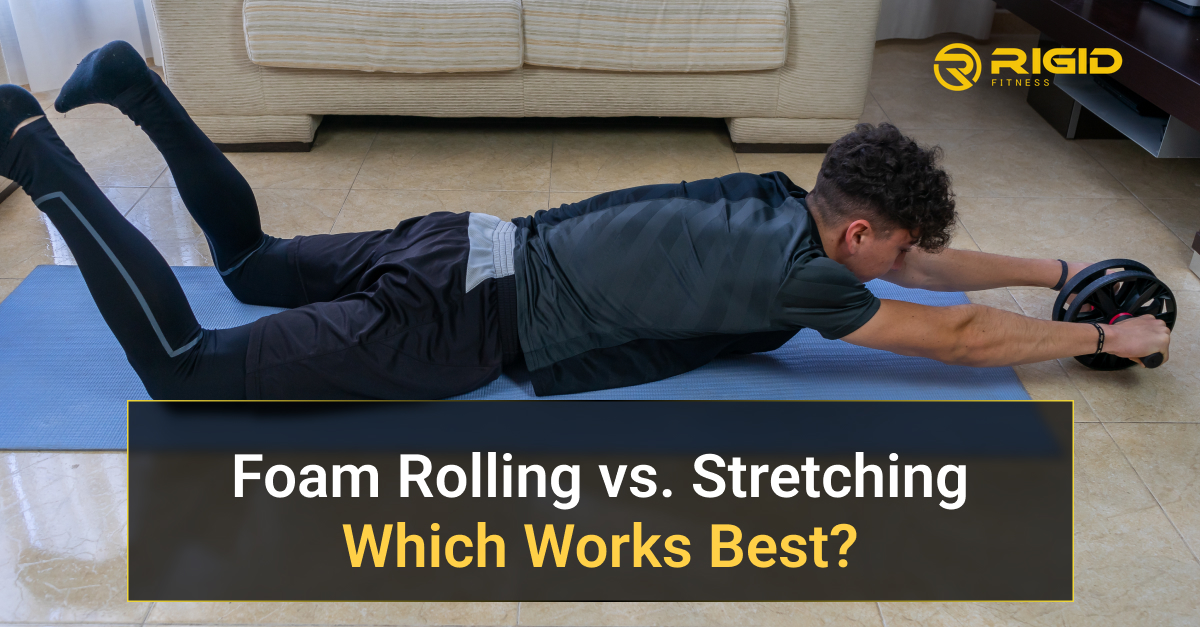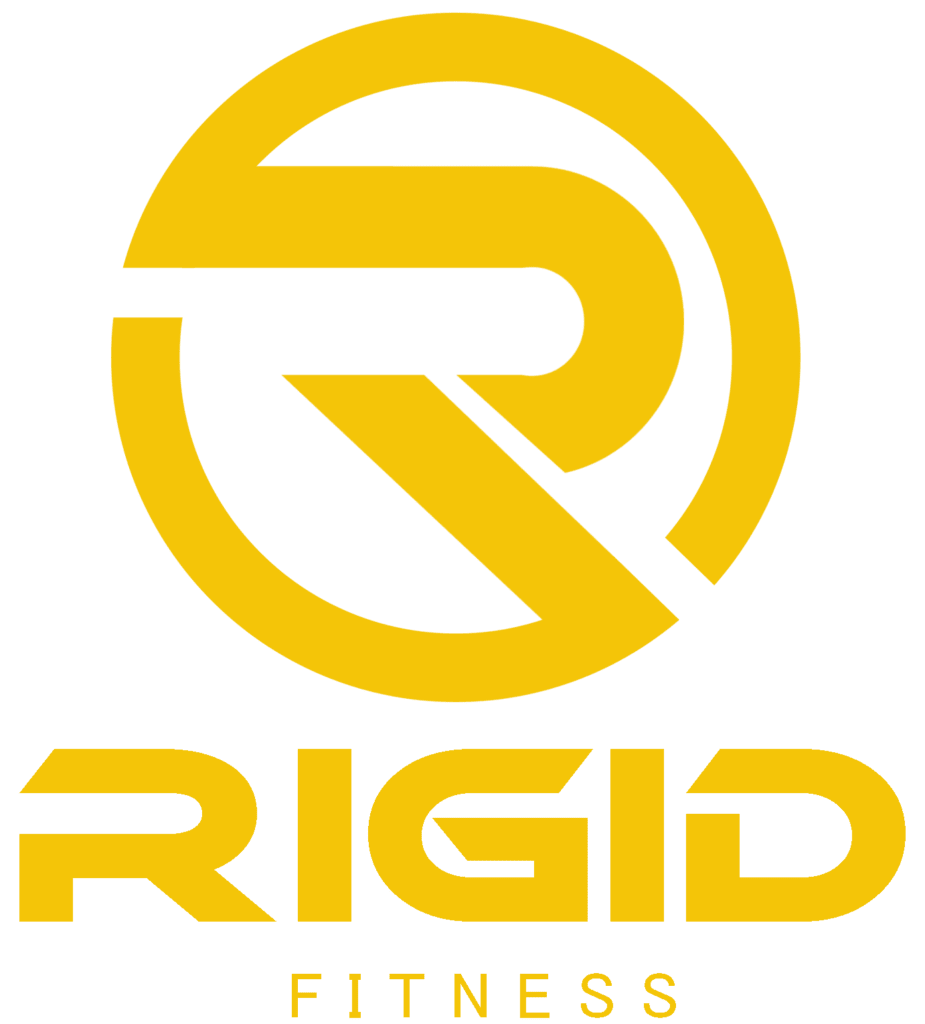

Whether you’re a professional athlete or someone who works out a few times a week, recovery is just as important as your training itself. After all, what you do after exercise determines how well your muscles repair, rebuild, and perform next time. Two of the most common recovery techniques are foam rolling and stretching, but when it comes to foam rolling vs stretching, which one actually works best?
Let’s dive into the science, benefits, and best practices for both and see how combining them could lead to optimal recovery and performance.
When you train, especially during strength or endurance workouts, you create tiny tears in your muscle fibers. This is a normal and necessary part of muscle growth. However, these micro-tears lead to soreness, tightness, and stiffness.
Your recovery strategy determines how effectively these muscles repair. Good recovery helps:
Both foam rolling and stretching aim to support these goals, but they work in slightly different ways.
Foam rolling, also known as self-myofascial release (SMR), involves using a cylindrical foam roller to apply pressure to muscles and connective tissue (fascia). By rolling over targeted areas, you help break up adhesions, knots, and tight fascia that restrict movement.
Think of it like giving your muscles a deep-tissue massage, but without needing a therapist.
You can target almost any muscle group, such as hamstrings, calves, quads, back, glutes, and shoulders, using a foam roller. Their textured surface helps dig deeper into tight spots while remaining gentle on joints.
Stretching is the deliberate lengthening of muscles to improve flexibility and joint range of motion. It’s one of the oldest and most practiced recovery techniques.
There are two main types:
While foam rolling works by applying external pressure to release tension, stretching directly lengthens the muscle fibers and surrounding tissue. When comparing foam rolling vs stretching, stretching targets flexibility more directly, while foam rolling focuses on muscle recovery and mobility.
If you’ve ever felt stiff after leg day or experienced delayed onset muscle soreness (DOMS), foam rolling can be a game-changer. Here are its top benefits:
Research shows that foam rolling after exercise can significantly reduce soreness and tenderness. It helps speed up blood flow to deliver oxygen and nutrients to recovering muscles.
By breaking up tight fascia, foam rolling improves the elasticity of muscle tissue, which leads to better movement quality.
Rolling after workouts aids faster recovery between sessions and is especially useful if you train multiple times a week.
Regular foam rolling minimizes chronic tightness that could lead to strains or overuse injuries.
A great product to start with is the textured foam roller, designed for deep tissue massage and mobility work.
Stretching is simple but powerful. It’s not just about flexibility; it affects circulation, posture, and even relaxation.
Regular stretching keeps your muscles long and pliable, reducing stiffness and improving performance.
Stretching increases blood flow, which helps remove metabolic waste and supports muscle repair.
Tight muscles often cause imbalances and poor posture. Stretching your chest, hips, and hamstrings can realign your body naturally.
Gentle stretching before bedtime or after workouts helps lower muscle tension and stress hormones, something foam rolling alone may not achieve.
If you use yoga-style stretches, consider adding a RIGID FITNESS Yoga Mat for comfort and support.
When comparing foam rolling vs stretching, studies show that both can improve flexibility and reduce soreness, but they work through different mechanisms.
A 2019 study published in the Journal of Strength and Conditioning Research found that combining foam rolling and stretching produced the best results for long-term flexibility and performance.
In short, foam rolling increases tissue mobility, while stretching maintains muscle length, making them complementary techniques rather than competitors.
You can use foam rolling before or after your workout, depending on your goals:
Common areas to target include:
Pair your roller with a RIGID FITNESS Massage Ball for smaller muscle groups like the feet or upper back.
Stretching has its own ideal timing:
For example, you might begin a leg workout with dynamic lunges and finish it with static hamstring stretches. Using a RIGID FITNESS Resistance Band can enhance both dynamic and static stretches by adding light tension.
The debate of foam rolling vs stretching doesn’t have to end with “either/or.” In fact, combining both can produce superior results. Here’s how:
Example routine after a leg day:
Foam rolling is superior because it increases circulation and breaks down adhesions quickly.
Stretching works best to improve long-term flexibility and joint range of motion.
A mix of both is ideal, foam rolling to improve mobility, followed by dynamic stretching for readiness.
Stretching offers a more calming effect, while foam rolling feels more intense but satisfying afterward.
If you prefer a full recovery kit, RIGID FITNESS offers resistance bands and massage balls, available in one place for a complete routine.
Even the best recovery tools won’t help if used incorrectly. Here are some mistakes people make when deciding between foam rolling vs stretching:
Here’s a sample weekly recovery plan combining both techniques:
Keep your RIGID FITNESS Yoga Mat and Resistance Bands nearby for convenience.
When it comes to foam rolling vs stretching, it’s not about choosing one over the other; it’s about understanding how each benefits your body. Foam rolling targets the fascia and helps with recovery, while stretching lengthens muscles and improves flexibility.
The best approach? Combine both regularly. Use foam rolling to warm up or cool down, and stretching to maintain long-term mobility. Together, they’ll help you move better, recover faster, and perform at your peak.
If you’re ready to elevate your recovery routine, explore the high-quality RIGID FITNESS recovery tools on their official shop.

If you’re into fitness, strength training, or simply making sure your nutrition game is solid, a top-quality shaker bottle is

In today’s busy world, working out at home has become more than just a convenience; it’s a lifestyle. And one

In the fitness world, there’s a common misconception that more workouts equal better results. Many people push themselves to train

